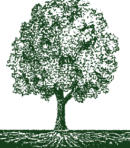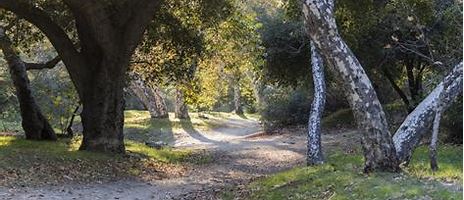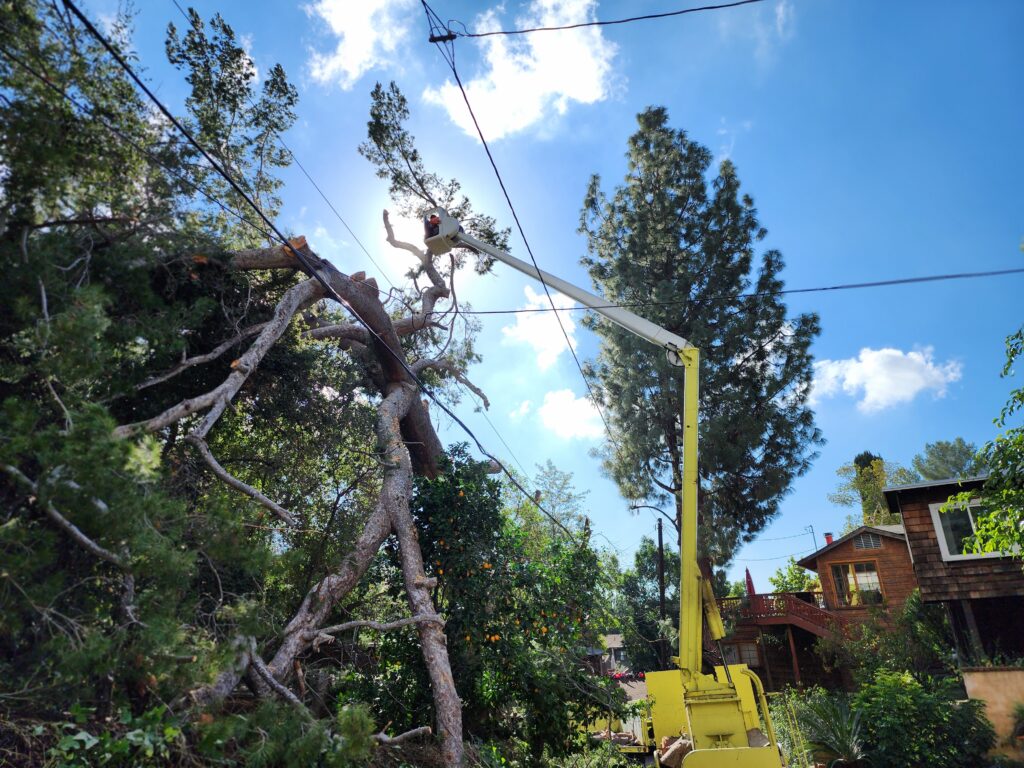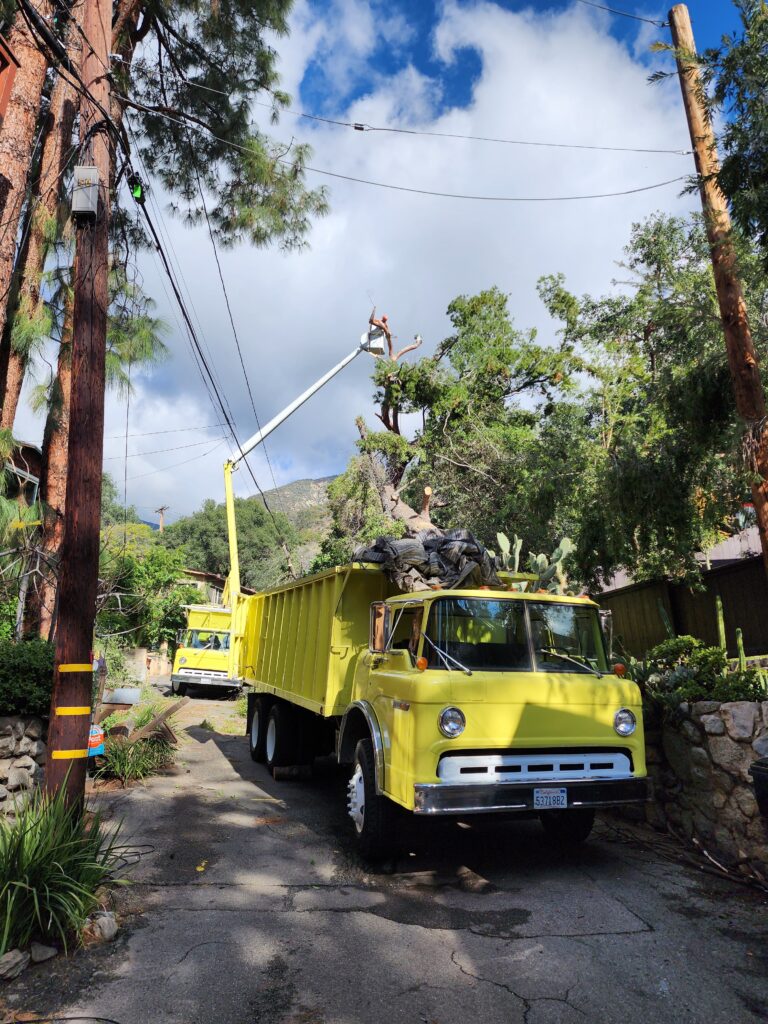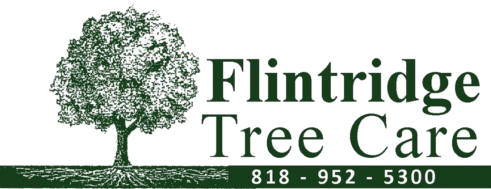Are Your Trees and Landscaping Prepared? Call us and we will come out and give you an assessment!
La Canada Flintridge is the Severity Zone. Are you prepared?
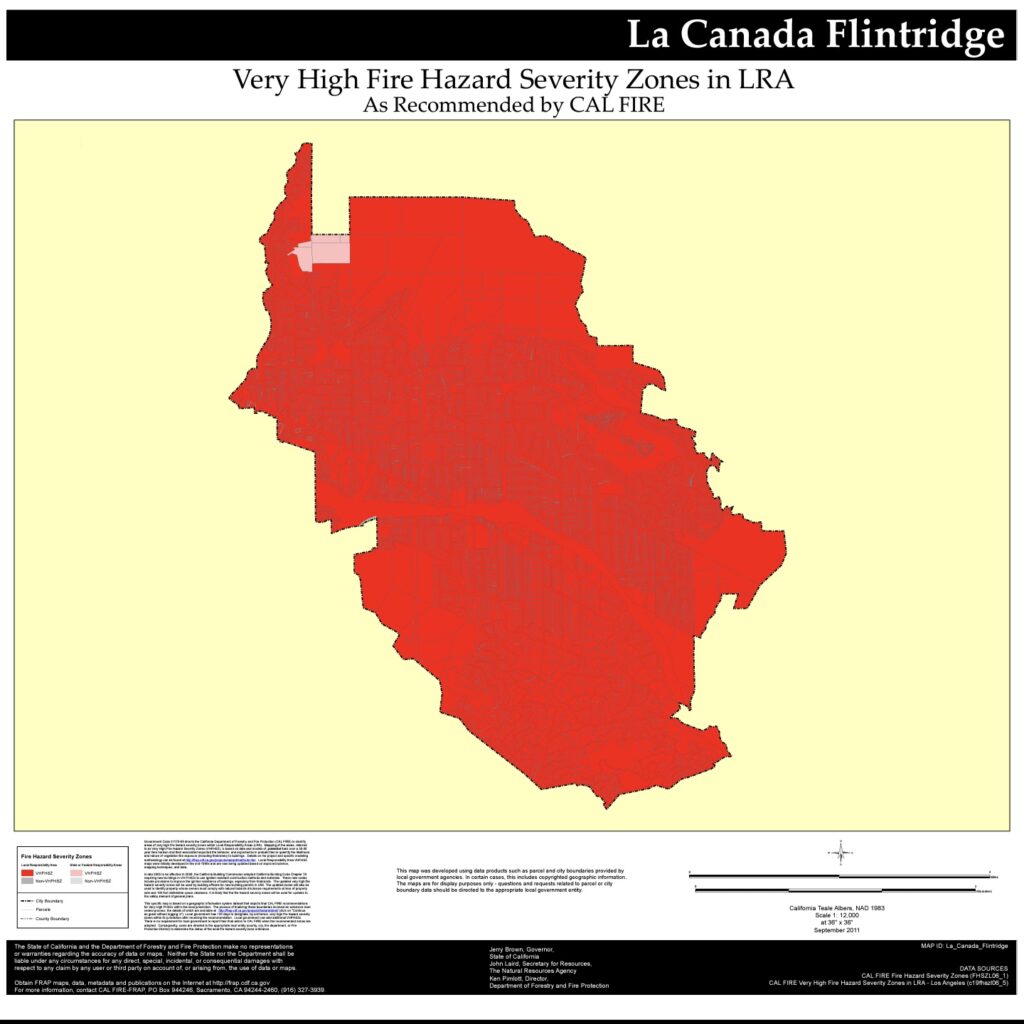
With all the rain this winter comes a lot of new vegetation growth that we need to manage!
Please call us if you have Trimming and Clearing needs.
Defensible Space
Frequently Asked Questions

What to know if you receive a clearing notice
- Why am I receiving a notice? Your property is located within a fire hazard severity
zone (FHSZ) identified by the Department of Forestry and CAL FIRE FHSZ Viewer
(ca.gov), or has been historically identified with a potential fire hazard by the Los
Angeles County Fire Department. - What are the Very High, High and Moderate Fire Hazard Severity Zones and who
determines these zones. FHSZs indicate the potential fire hazard on an area of land,
based on several factors, including vegetation, topography, worst case weather
conditions, fire history, predicted flame lengths, burn probability and ember cast. CAL
FIRE is mandated to classify all lands within the state by California Public Resources
Code 4201-4204. - Where does the Fire Department get the authority to conduct defensible space
inspections? The California Public Resources Code 4291 (PRC 4291) defines
requirements for inspections as, “A person who owns, leases, controls, operates, or
maintains a building or structure in, upon, or adjoining a mountainous area, forestcovered lands, shrub-covered lands, grass-covered lands, or land that is covered with
flammable material…”. - There is no brush around my property, why am I being inspected? If your property
is located within a designated FHSZ, an inspection is required. Due to ember cast, this
includes structures inside developments without open land (native vegetation)
immediately adjacent to the structure. - Why is this the first time I am receiving this notice? Available GIS technology and
mapping programs allow the Fire Department to identify all parcels within FHSZs. Prior
to integrating GIS technology within the inspection program, structures were identified
through fire history and visual identification. The new technology allows greater accuracy
and some structures have been identified for the first time. - When will my property be inspected? Depending on the property’s location,
inspections will start in April for desert areas, May 1 for inland areas, and June 1 for
coastal areas. - Do I need to be home when the inspection is conducted? You do not have to be
home for the inspection to be completed. - Will the fire department make an appointment with me to inspect my property. If
you would like an appointment, please call your local fire station to set up a convenient
time. If you missed the inspection, received a violation, and would like additional
information, there will be a phone number to call the local station at the top of the
inspection form in the “Contact Number” box.
Defensible Space Annual Notice
Frequently Asked Questions - If I have locked gates, how will the Fire Department complete the inspection? The
inspector will only use unlocked gates and areas with reasonable access. If there are
locked gates and the inspector must see behind them to complete the inspection, the
inspector may come back later when someone is home or try to call or email the
occupant to gain entry. If no contact was possible, the Fire Department may write an
inspection warrant to gain entry and confirm defensible space compliance. - Can I call someone if I need clarity on requirements? Yes, prior to your inspection,
please call the Defensible Space Inspection Unit at (626) 969-2375. After your
inspection, please call the phone number listed on your inspection report. - Will I receive a report showing if my property is in compliance? Yes, property
owners will be mailed a Compliance Letter (meaning you passed the inspection) or
receive an inspection report showing the violations that need to be corrected. - How much time will I have to make corrections? Owners have 30 days to complete
corrections. - Do I need to remove trees? Most likely, the answer is no, but all trees should be free
of dead wood and limbed up to 6’ or 1/3 the tree’s height. - Why is there an inspection fee? The County of Los Angeles Agricultural
Commissioner Weights & Measures Department has been charging an inspection fee
since 1989. The Auditor/Controller reviewed, and the Board of Supervisors approved the
Fire Department’s implementation of the inspection fee on December 7, 2021. The fee is
required to make the defensible space program cost neutral. The Auditor/Controller
approved the $151 inspection fee. The Fire Department phased in the fee: it was $50 in
2022, $100 in 2023, and $151 in 2024. - How will I be billed for the inspection fee? The inspection fee will be assessed
annually and will be on the November property tax bill. There is a one-year delay from
the inspection to seeing the assessment on your property tax bill. (Example: if an
inspection is conducted in June 2024, the property tax assessment will be reflected on
the November 2025 property tax bill). - What is the purpose of the Referee ‘protest’ hearings? The primary purpose of the
protest hearing is to allow an owner to contest whether the property is in a FHSZ and
should therefore receive an inspection. Owners may also discuss defensible space
requirements as desired.
Defensible Space Annual Notice
Frequently Asked Questions - Have there been State law changes impacting the requirement to ensure
defensible space? Yes, the State is very concerned with saving lives and property and
has reviewed and verified fire science that indicates structure loss can be reduced when
homeowners harden their home and reduce vegetation closest to the home. The
legislature approved two critical laws to address structure loss: Assembly Bill 3074 and
Assembly Bill 38. - What is Assembly Bill 3074 (AB 3074)? AB 3074 introduced “Zone 0” as a 5’ ember
resistant zone. When officially adopted by the State Fire Marshal, this law will require a
5’ ember resistant zone around all structures in a FHSZ. - When does AB 3074 take effect? AB 3074 became law on January 1, 2021; however,
it has not been enforced. Enforcement will occur when the State Fire Marshal approves
vegetation clearance requirements. This is anticipated in 2025. Full enforcement on
existing structures will not be required until one year after the State Fire Marshal
approves final requirements. Full enforcement on new construction will take effect
immediately upon approval of final clearance requirements. - What is Assembly Bill 38 (AB 38)? AB 38 requires all real estate sellers with
structures in a FHSZ to ensure compliance with defensible space requirements.
bit.ly/AB-38Inspections - When does AB 38 take effect? The requirement for real estate defensible space
compliance inspections took effect on July 1, 2021. - Link to LA County Fire – Fire Hazard Reduction Programs:
https://fire.lacounty.gov/fire-hazard-reduction-programs/
